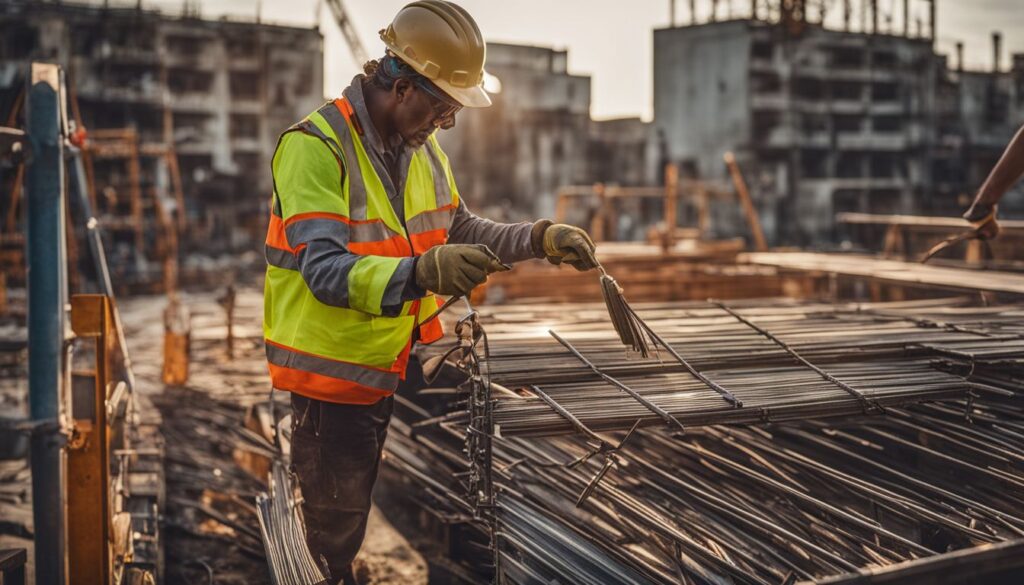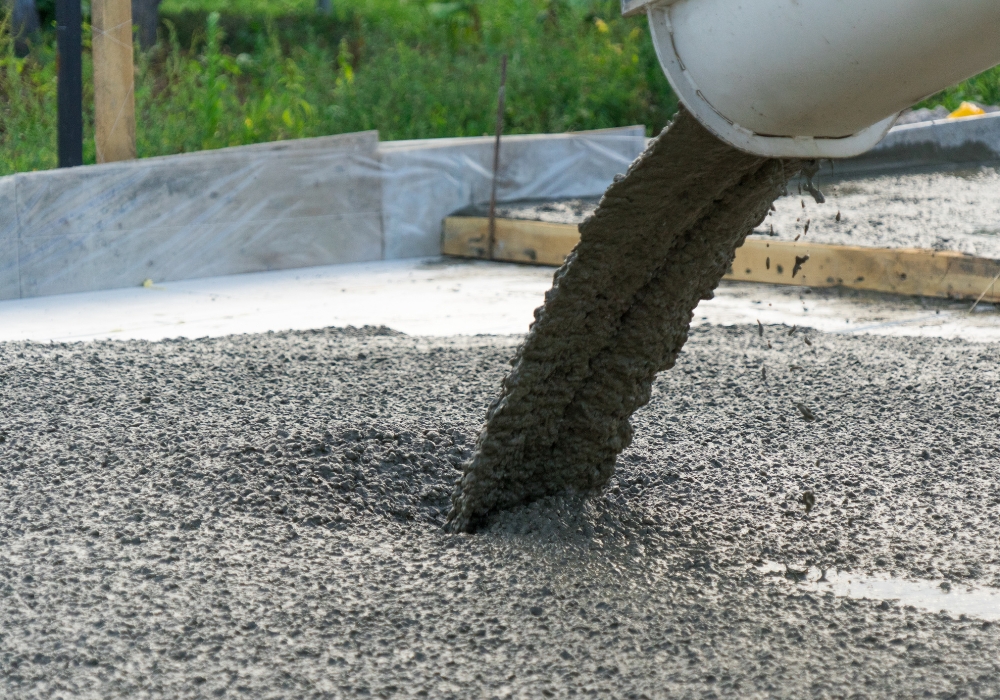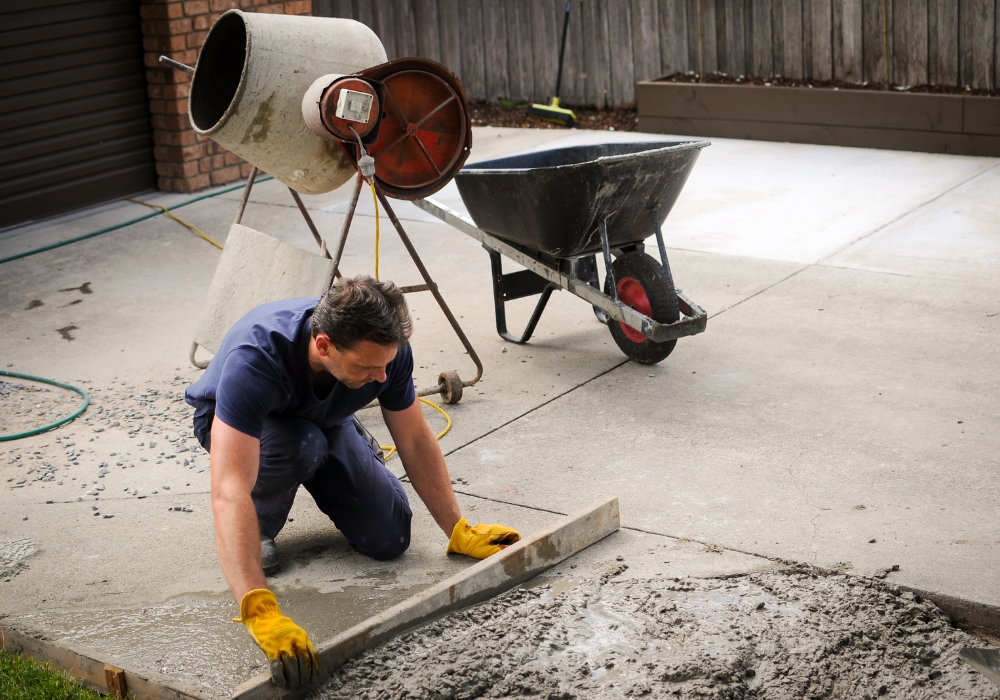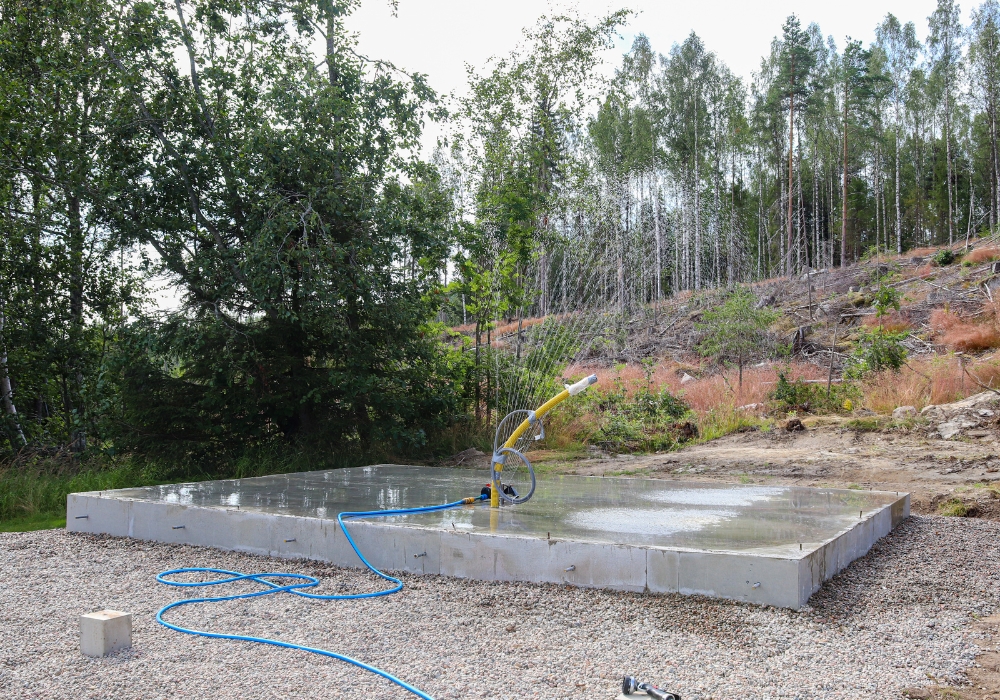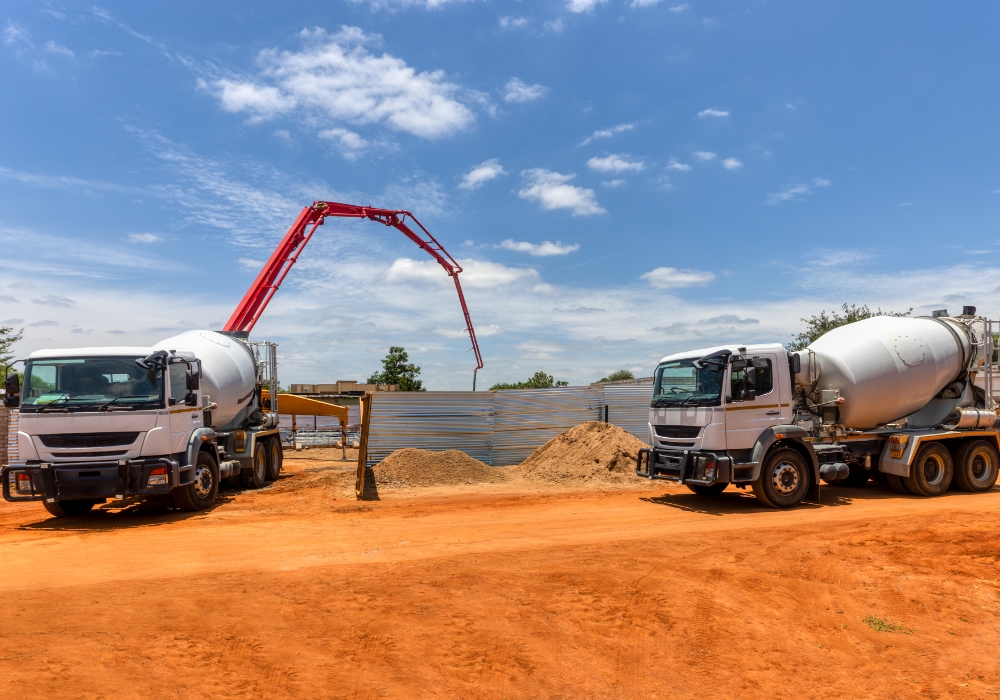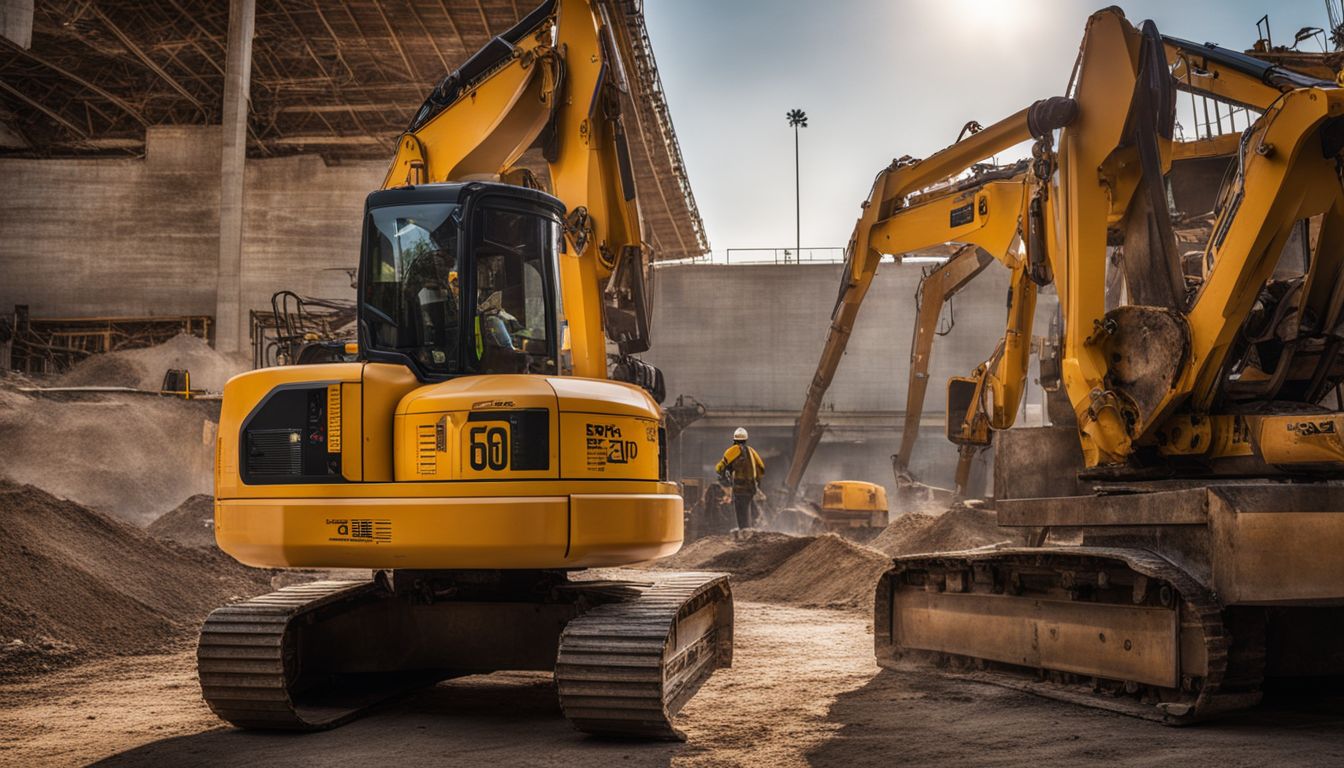
Finding the right way to chuck together concrete buildings can be a real challenge. We get it – making sure your structures are not only solid as a rock but also fair dinkum in appearance is no small feat.
After diving deep into research, we’ve cracked that formwork is the unsung hero of building success. Our yarn today will walk you through its pivotal role and how it’s shaping the future of construction.
Keep reading for some top-notch insights!
Understanding Formwork in Concrete Construction
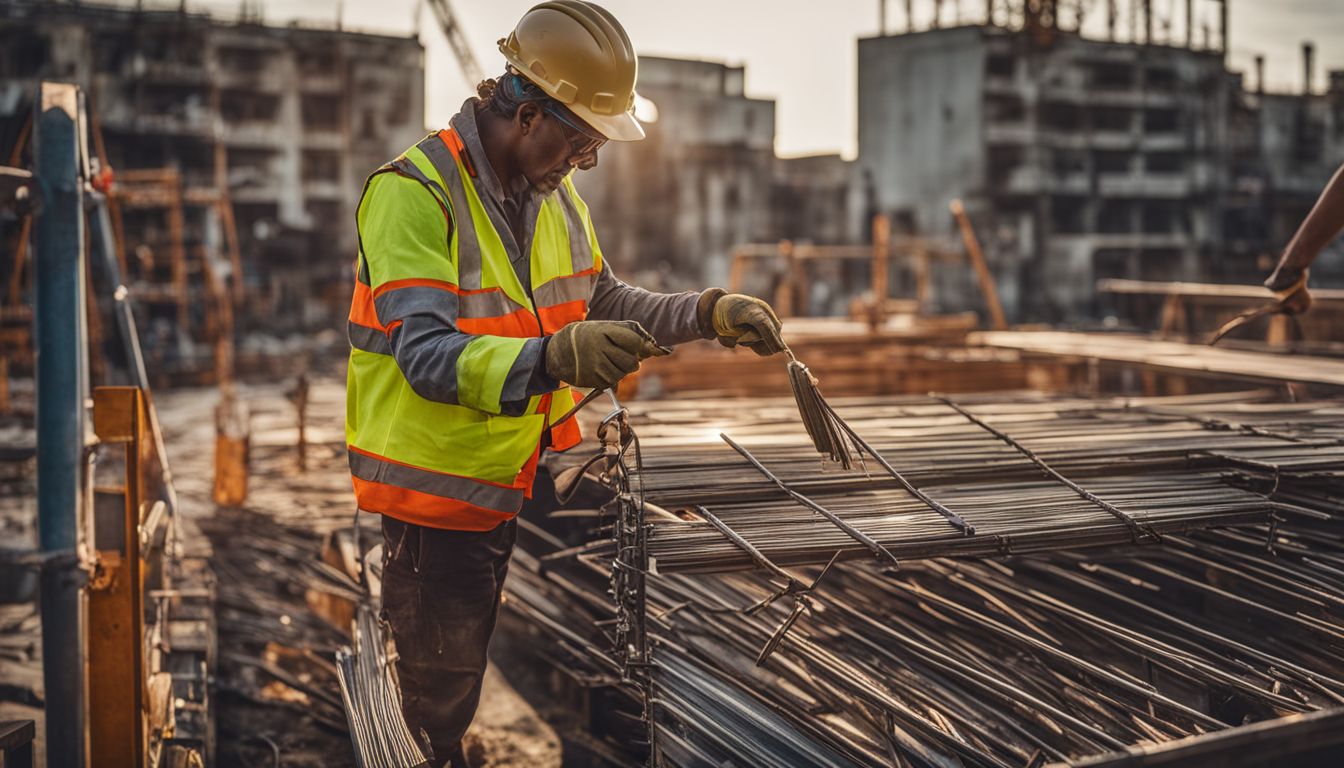
Moving on from the introduction, it’s crucial to grasp what formwork means in the context of concrete construction. Essentially, formwork acts as a mould or framework that shapes the concrete, holding it in place until it hardens and achieves sufficient strength.
This temporary structure must be strong enough to handle the weight of not just the wet concrete but also any additional loads applied during the building process. It’s a key player in ensuring that structures meet their design specifications both aesthetically and structurally.
Formwork is essentially the skeleton around which concrete constructions take shape.
In practice, setting up formwork requires precise planning and execution. The materials used can range from traditional timber to metal or plastic systems designed for easy assembly and dismantling.
Selecting the right type of formwork impacts everything from construction speed to cost efficiency and ultimately shapes how buildings come together at a fundamental level – influencing factors like layout flexibility, surface finishes, and structural durability.
Hence, making informed decisions about formworks is paramount for success in both commercial construction projects and residential builds alike.
The Role of Formwork in Shaping Concrete Structures

Formwork plays a crucial role in shaping concrete structures both aesthetically and structurally. It ensures precision, quality, and architectural ambition in the construction process.
Aesthetic and Structural Considerations
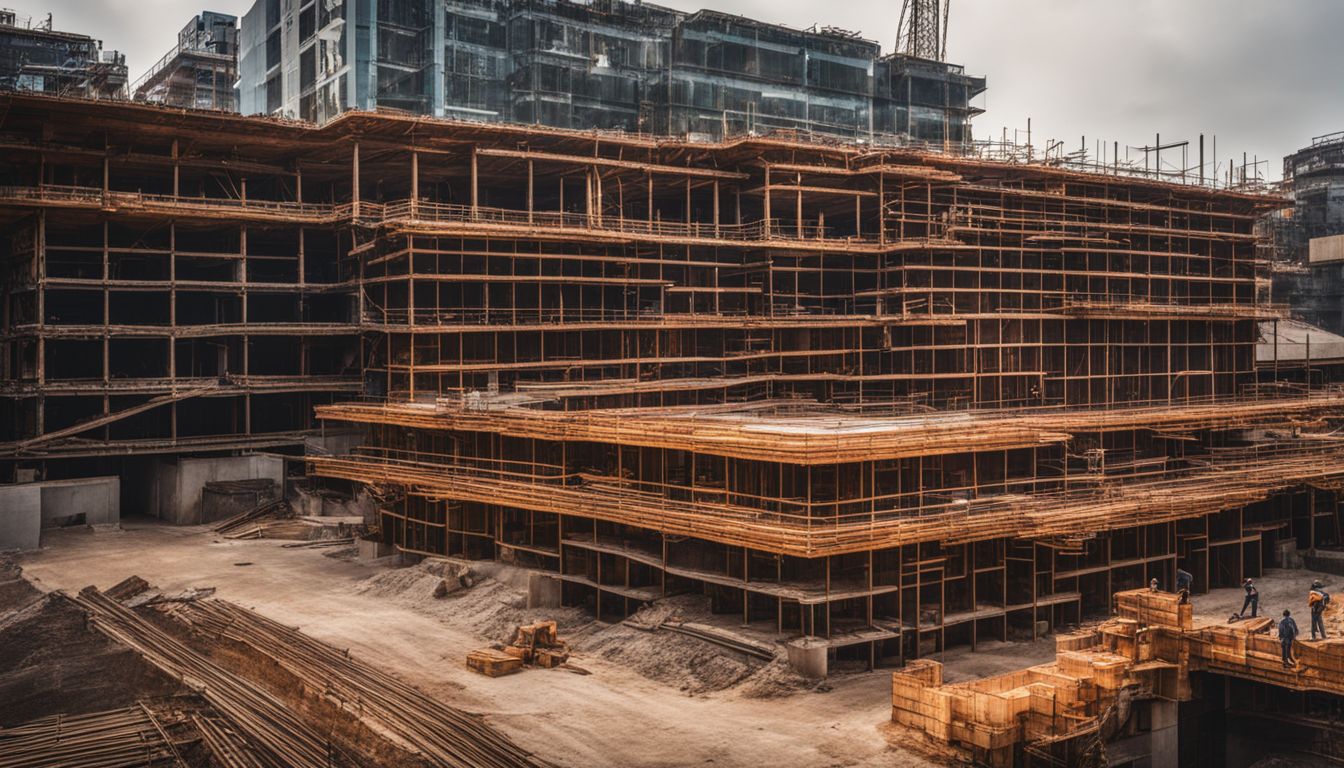
We pay close attention to the aesthetic and structural aspects of formwork systems in our concrete construction projects. The right choice of formwork can dramatically influence the appearance and strength of a building.
We aim for designs that not only support structures during concrete placement but also enhance the final look of the construction. Our focus on quality control ensures that each structure meets high standards, both visually and in terms of durability.
Our team works closely with businessowners and homeowners to select formwork that aligns with their vision and structural requirements. By combining innovative design strategies with precise construction techniques, we create buildings that stand out for their beauty and structural integrity.
This approach helps us achieve architectural ambition while maintaining efficiency throughout the construction process.
Ensuring Quality and Precision
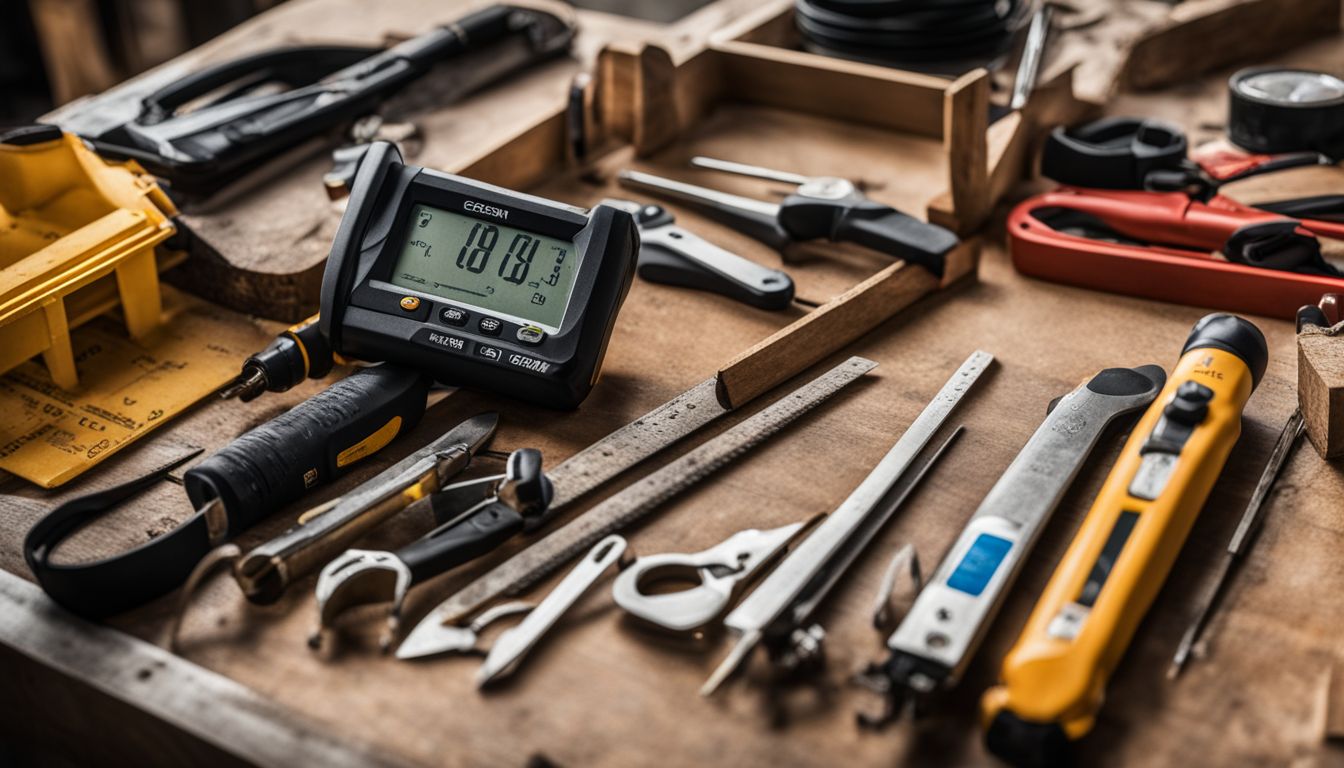
Shifting focus from aesthetics and structural considerations, we come to the cornerstone of successful construction: ensuring quality and precision. Quality control in formwork installation is crucial for achieving the desired strength and durability of concrete structures.
We closely monitor every stage of formwork setup, from selecting materials to assembling frameworks. This vigilant oversight helps us prevent construction delays and maintain structural integrity.
Precision in forming concrete shapes directly influences a building’s stability and its visual appeal. Through precise measurements and rigorous checks, we ensure that each mould aligns perfectly with our blueprint for success.
Our commitment to precision not only supports commercial construction efficiency but also fosters trust among businessowners and homeowners alike by delivering reliable structures designed to stand the test of time.
Achieving Architectural Ambition through Precise Formwork
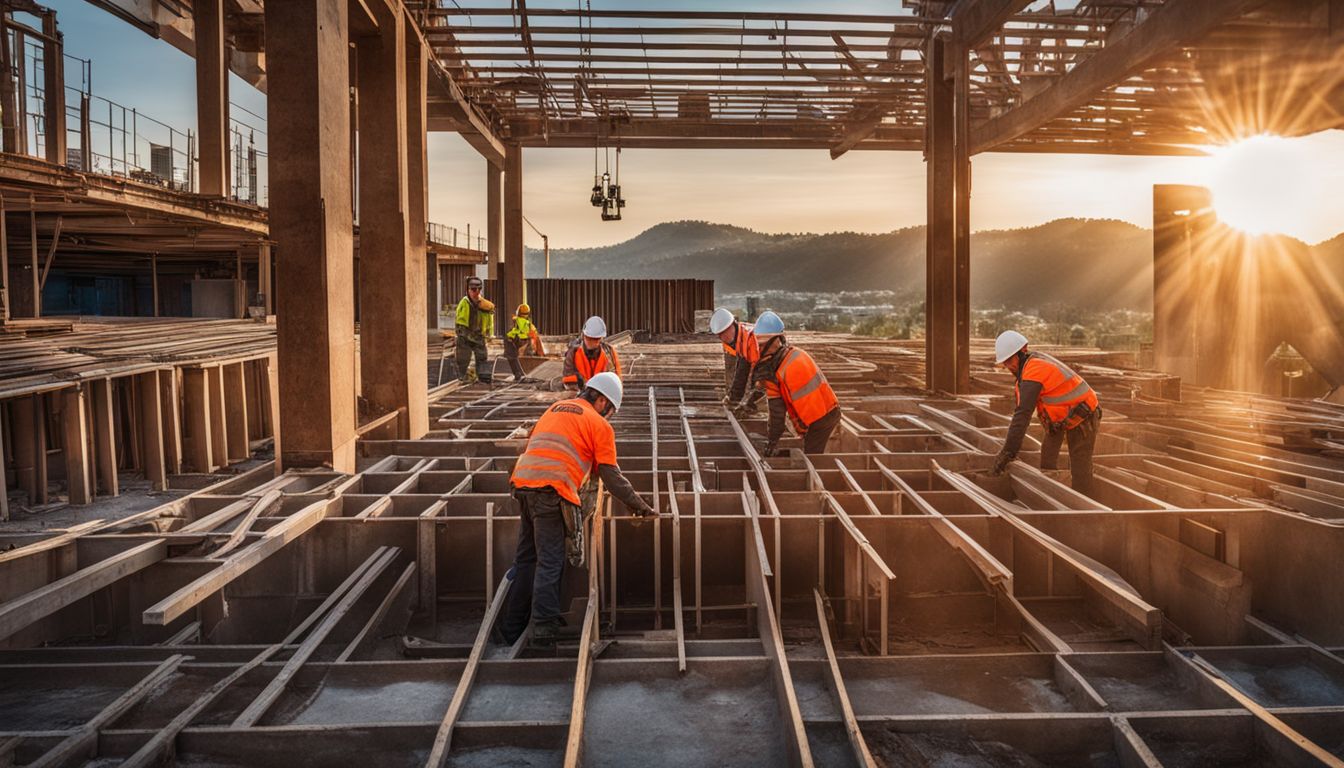
Achieving architectural ambition demands precision in formwork. Our approach ensures that each structure not only meets the required standards for safety and functionality but also captures the vision of breathtaking design.
We harness our expertise to mould concrete into any shape, transforming ambitious blueprints into tangible reality. This process is crucial for creating buildings that stand out both aesthetically and structurally.
We pay close attention to detail in every step from design to assembly, which guarantees exceptional quality control and structural integrity. Our dedication sets the foundation for commercial construction projects to overcome potential delays and achieve efficiency.
Looking ahead, exploring different types of formwork offers even more possibilities for innovation in building designs.
Different Types of Formwork
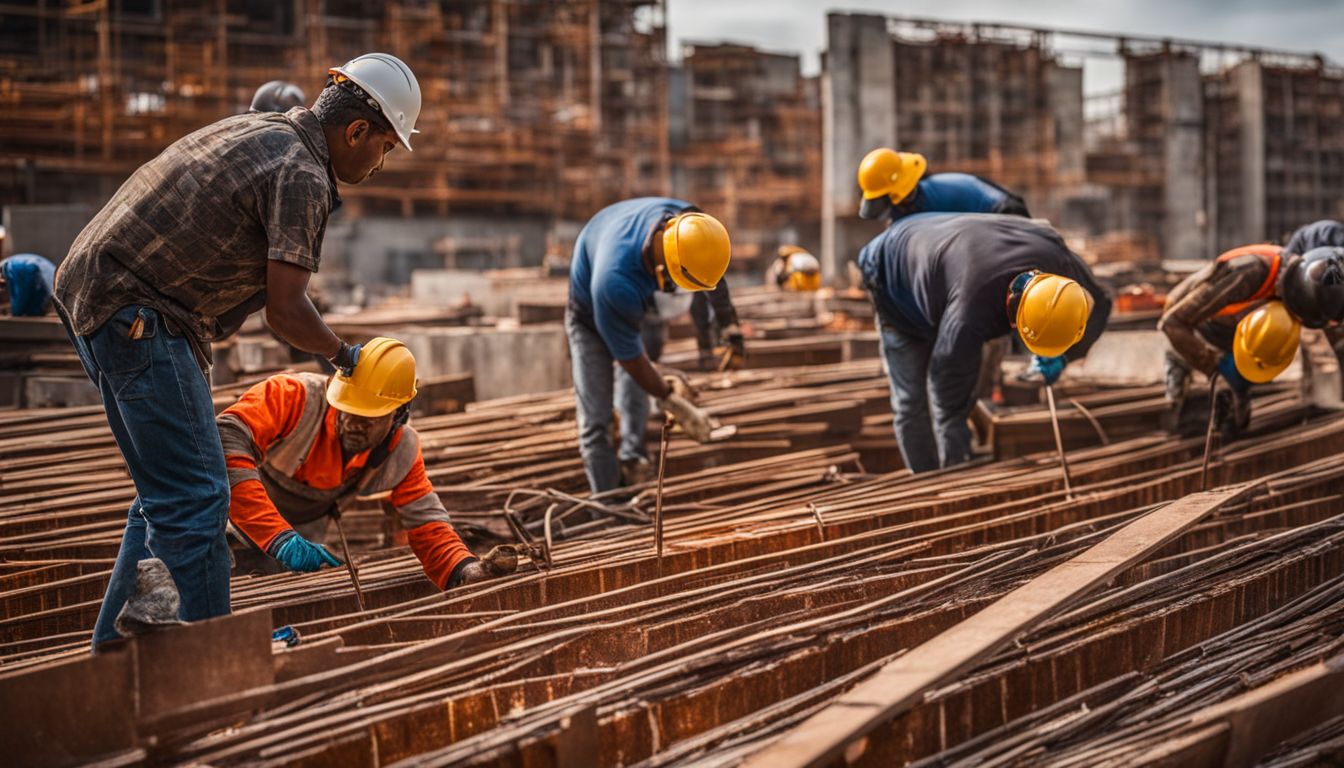
Choosing the right formwork is crucial for the success of any concrete construction project. It serves as a mould where concrete is poured to shape structures, ensuring efficiency and quality in building development.
- Timber Formwork: This type encompasses panels constructed from plywood or timber, making it adaptable for different shapes and sizes of a structure. It’s particularly cost-effective for smaller projects due to the materials’ availability and ease of assembly. Yet, timber formwork may not be as durable as other types, especially for high-load constructions.
- Steel Formwork: Known for its strength and durability, steel formwork stands out when constructing large infrastructure projects like bridges and skyscrapers. It can withstand heavy loads and the pressure of wet concrete without bending or breaking. Despite its higher upfront cost compared to timber, steel formwork can be reused multiple times, offering value over time.
- Aluminium Formwork: Lightweight yet strong, aluminium formwork shares many benefits with steel but is easier to handle and faster to assemble thanks to its lighter weight. This type is often used in residential buildings and mass housing schemes where repetitive structures are common. Aluminium formwork enhances construction speed while maintaining precise concrete placement.
- Plastic Formwork: Made from lightweight and durable plastic, this type is easily modifiable and perfect for complex shapes requiring fine detailing. Plastic formwork suits small to medium-sized projects that demand intricate designs. Its reusability makes it an environmentally friendly choice among construction professionals.
- Fabric Formwork: A cutting-edge option that utilises flexible, high-strength fabrics instead of rigid materials to create highly optimised structures with unique shapes – ideal for architectural features that require aesthetics beyond conventional forms. Fabric formwork offers significant material savings by minimising waste during construction.
Each type of formwork plays a specific role in shaping buildings accurately while meeting various structural needs and budget constraints. Selecting the most appropriate form significantly influences the efficiency, quality control, and structural integrity of concrete construction projects, paving the way towards successful development initiatives.
Modern Innovations in Formwork Systems

We’ve seen remarkable progress in formwork systems, introducing solutions that boost efficiency and enhance structural integrity. Cutting-edge materials like lightweight polymers have replaced traditional plywood and steel, making the construction process quicker and less labor-intensive.
These innovative materials not only reduce construction time but also improve safety on site by being easier to handle.
Smart technologies play a crucial role in modern formwork systems as well. Systems equipped with integrated sensors now allow for real-time monitoring of concrete curing, ensuring optimal strength and durability of structures.
This advancement supports quality control throughout the construction phase, enabling builders to achieve precision in shaping structures while adhering to strict timelines.
Best Practices in Formwork Design and Assembly
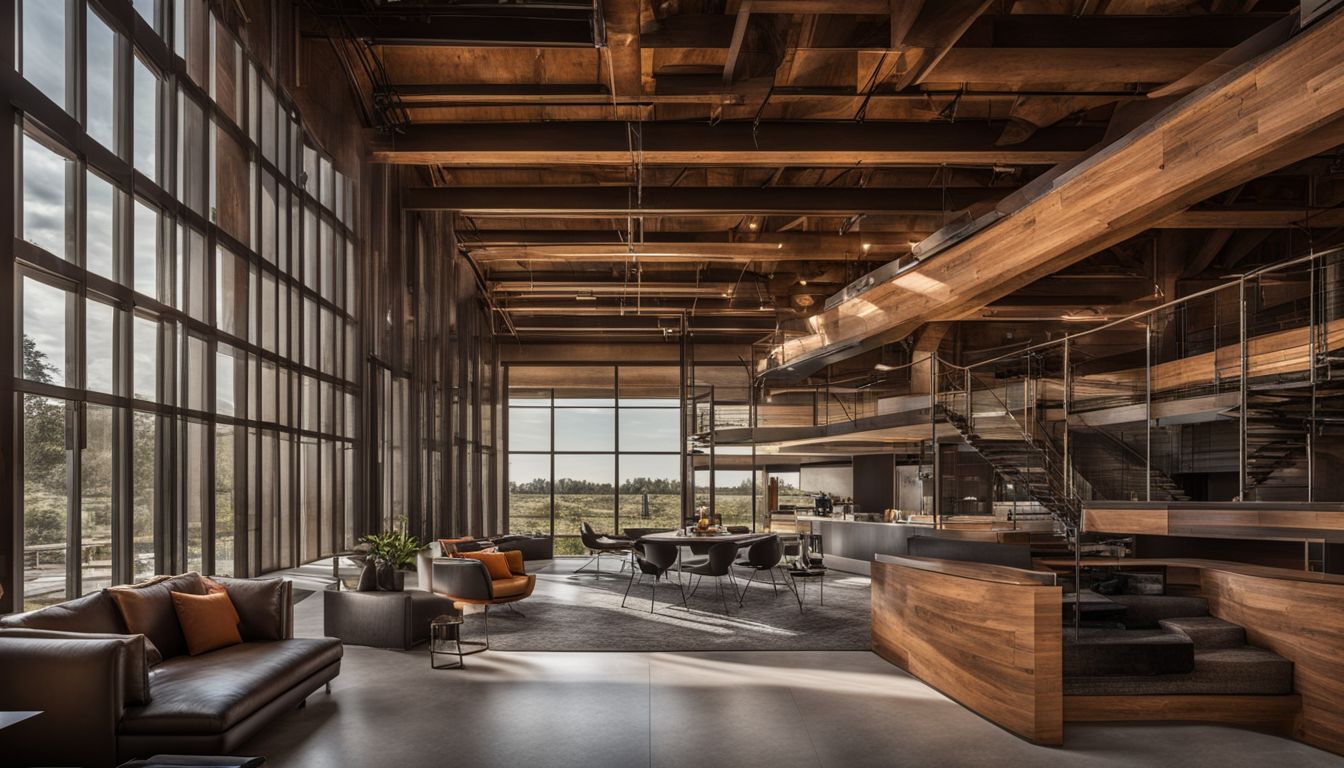
Formwork stands as the blueprint for success in any concrete construction project. It shapes our buildings, giving strength and form to the visions we have for our structures.
- Start with a comprehensive plan: Before assembling formwork, we always create a detailed plan. This ensures all components fit perfectly, reducing errors during construction.
- Choose the right materials: We select materials that suit the specific needs of our project. Whether it’s plywood for its versatility or steel for its durability, the right choice guarantees efficiency and quality.
- Prioritise safety measures: Safety is paramount in all our projects. We incorporate strong supports and braces to prevent collapses, protecting workers at every stage.
- Ensure precision in measurements: Accuracy is key to successful formwork assembly. We measure twice and cut once to guarantee each piece fits as intended, avoiding costly mistakes.
- Incorporate quality control checks: Regular inspections are a must for us. They help identify potential issues early on, ensuring structural integrity throughout the construction process.
- Adapt formwork systems for complex designs: For intricate structures, we customise our approach. This flexibility allows us to achieve ambitious architectural goals without compromising on quality or safety.
- Optimise for easy removal: Designing formwork with dismantling in mind makes the removal process smoother and prevents damage to the freshly set concrete.
- Keep an eye on advancements: Staying updated with modern innovations enhances our efficiency and effectiveness in formwork assembly, leading to better outcomes.
Following these best practices allows us to deliver projects that stand out not just for their aesthetic appeal but also for their structural integrity and longevity.
Conclusion
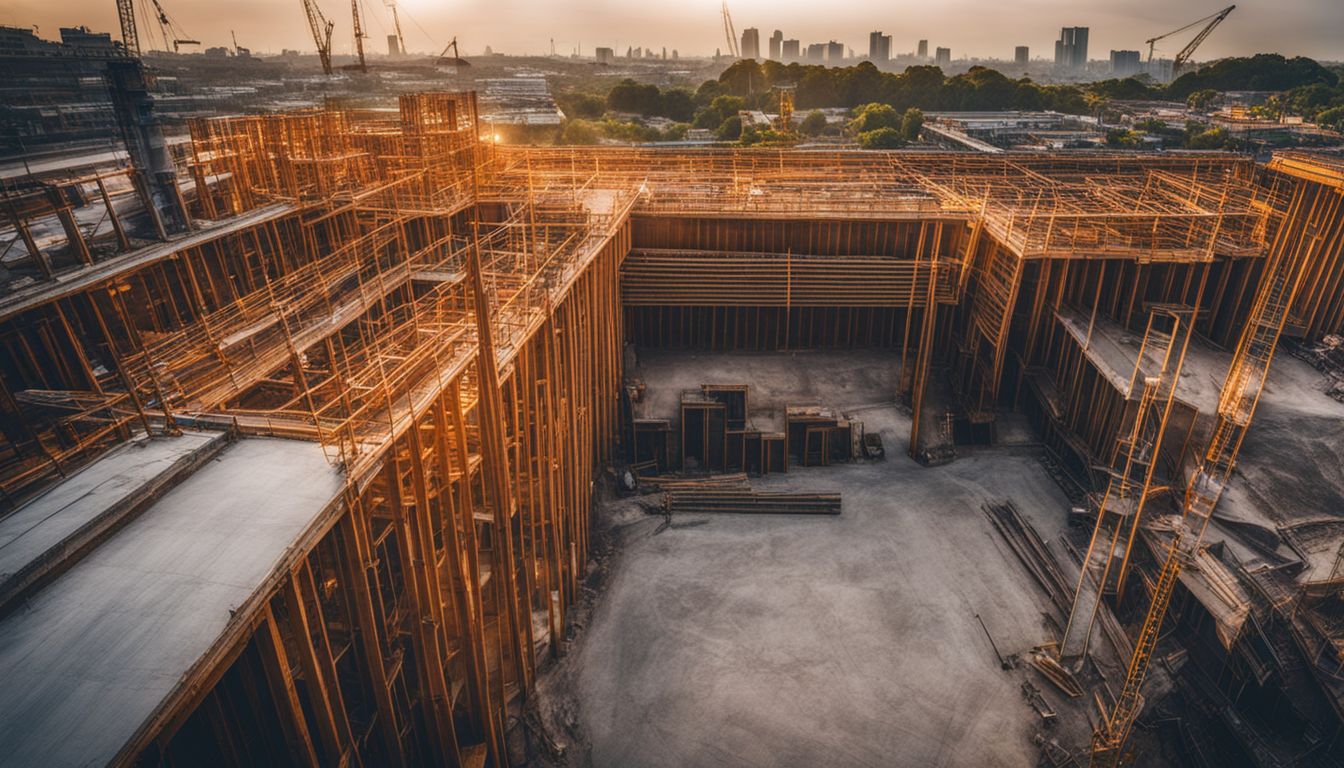
The essence of formwork lies in its ability to shape and mould structures with precision, ensuring quality and structural integrity. By understanding the aesthetic and structural considerations, one can achieve architectural ambition through precise formwork, which underpins successful concrete construction.
Modern innovations in formwork systems have made it easier to navigate the complexities of construction while tailored best practices enhance efficiency. These strategies are not only practical but also vital for commercial and residential projects alike.
Applying these insights can create a significant impact on the realm of concrete construction, unlocking potential success while promoting practicality and resilience.
For more insights into how precise formwork can help realise your architectural vision, visit Achieving Architectural Ambition through Precise Formwork.
